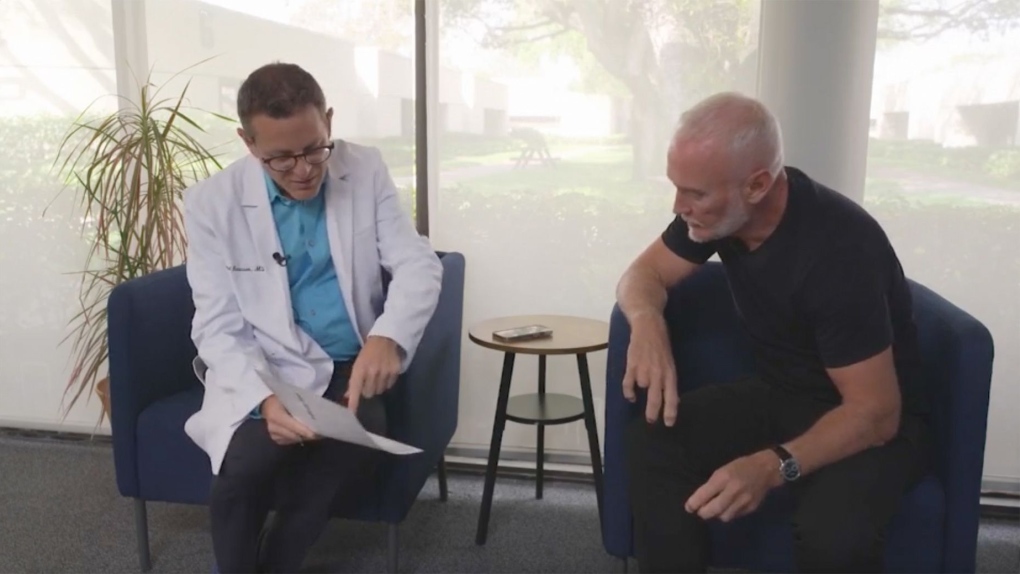
(NewsNation) — Americans have noticed that when it comes to prices, what goes up doesn’t always come down.
On paper, inflation is heading in the right direction. Last month, consumer prices rose 3.1% compared to the year prior — a significant improvement from 9.1% in June 2022.
That’s good news for the U.S. economy but as the Biden administration has learned, it’s a tough sell for voters who remember a time not so long ago when things cost less.
Groceries cost more than they did just a few years ago — so does rent. Even fast food is getting expensive.
A McDonald’s Big Mac will set you back $5.58, up from $4.89 in December 2020. The national median rent price is $1,978, up from $1,584 in January 2020.
Are prices ever going back to what they were before inflation took off? The short answer: probably not and it might be better that way.
“From a consumer perspective we want to pay less for our next latte but from a worker perspective it’s probably bad for the economy at a macro level to have widespread deflation,” said Dan Roccato, a finance professor at the University of San Diego.
“Deflation” is the opposite of inflation. It’s when consumer prices drop, sending the inflation rate negative. That sounds good in theory but at large scale, it can create problems.
Inflation has led to higher prices but also higher wages.
If consumers expect prices to go down they may hold back spending: why buy a car today if it’ll be cheaper tomorrow? That instinct causes people to buy less. Once consumption drops off, revenues fall and suddenly businesses can’t afford the workers they’ve hired.
“You’d get a lot of unemployment and you’d get a typical recession if [the Fed] actually did a surprise deflation,” said Jason Sorens, a senior research fellow at the American Institute for Economic Research (AIER).
Historically, deflation has been associated with hard times, most notably The Great Depression. The last time the U.S. had a sustained period of falling prices was in 2009 during the Great Recession.
But that doesn’t mean all prices are here to stay. Some goods, particularly those that are less sensitive to changes in labor costs, are already cheaper than they were a year ago.
Last month, a gallon of regular gas cost $3.50, down from $5.06 in June 2022. Today’s price is just two cents higher than what it was in November 2021.
Certain items at the grocery store have become more affordable. A bird flu outbreak sent egg prices soaring to $4.82 in January, a dozen eggs now cost $2.14 on average. Milk is also cheaper than a year ago.
Those prices have also declined, in part, because the supply-side issues from the pandemic have improved.
On the flip side, prices for services where labor makes up a bigger portion of the cost have remained sticky. The consumer price index for services with energy excluded rose 5.5% in November compared to the year prior. Think of expenses like taking your car to a mechanic, a trip to the hospital, or bringing your cat to the vet.
So broadly we can expect prices to continue rising but certain prices may “deflate” without triggering severe economic consequences.
But if the Federal Reserve isn’t trying to lower prices across the board then what is it doing?
Since March 2022, when the Fed started raising interest rates, the goal has been “disinflation,” which means slowing inflation without crushing it entirely.
“If you think about driving a car and you reduce your speed, you’re not going backward, you’re just going in the same direction less quickly — that’s disinflation,” said Sorens.
That’s why headlines say inflation is “easing,” “cooling” or “decelerating” — prices are still going up, just not as fast as they were.
Though it’s always been subject to intense debate, there’s a reason the Federal Reserve’s target rate is 2%, not 0%. At that level, businesses can remain profitable and consumers have less of a reason to stay on the sidelines. It also gives the Fed room to adjust monetary policy.
For many Americans, the trade-off between inflation and deflation feels like a lose-lose scenario — a pessimism that’s reflected in tepid consumer confidence surveys.






